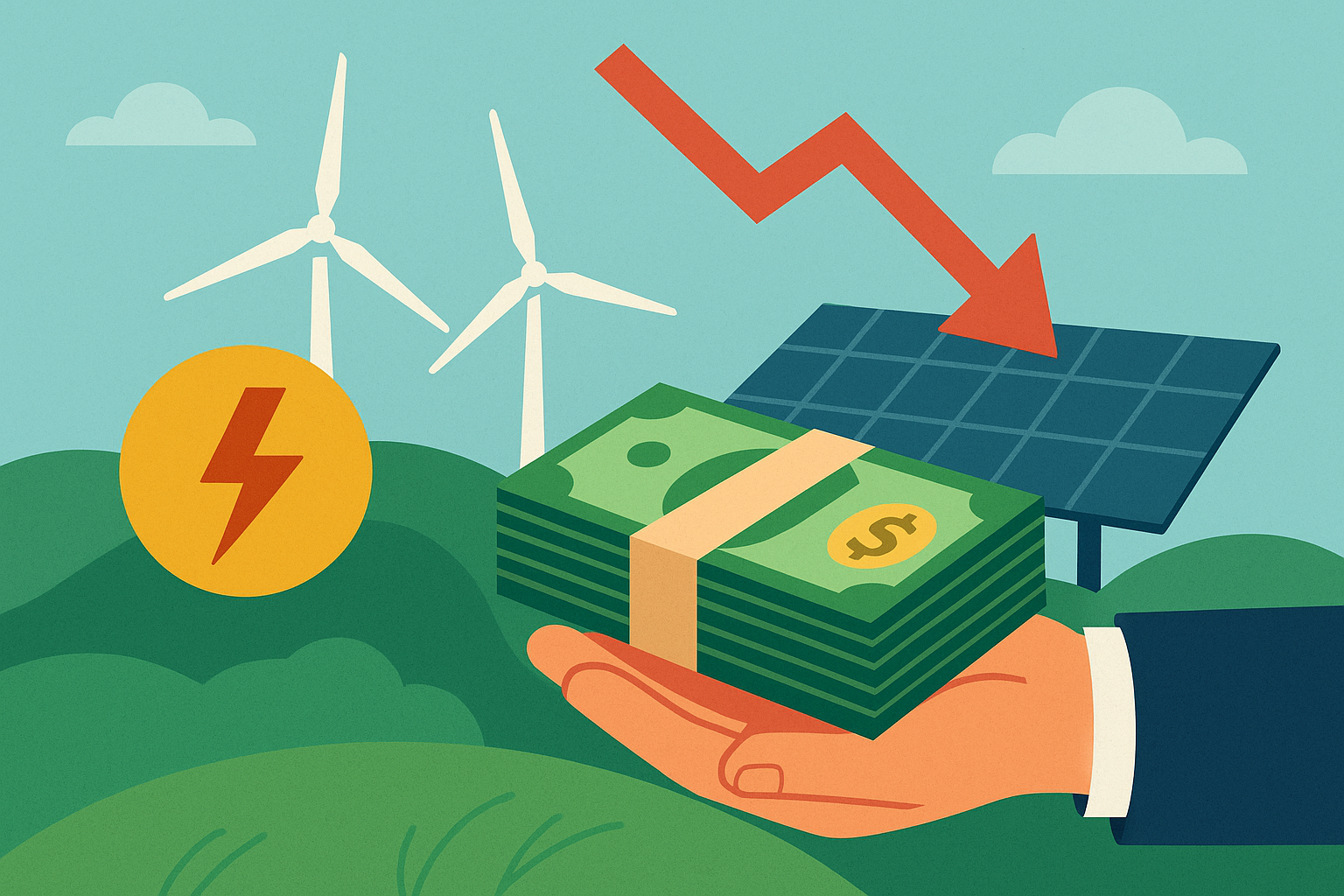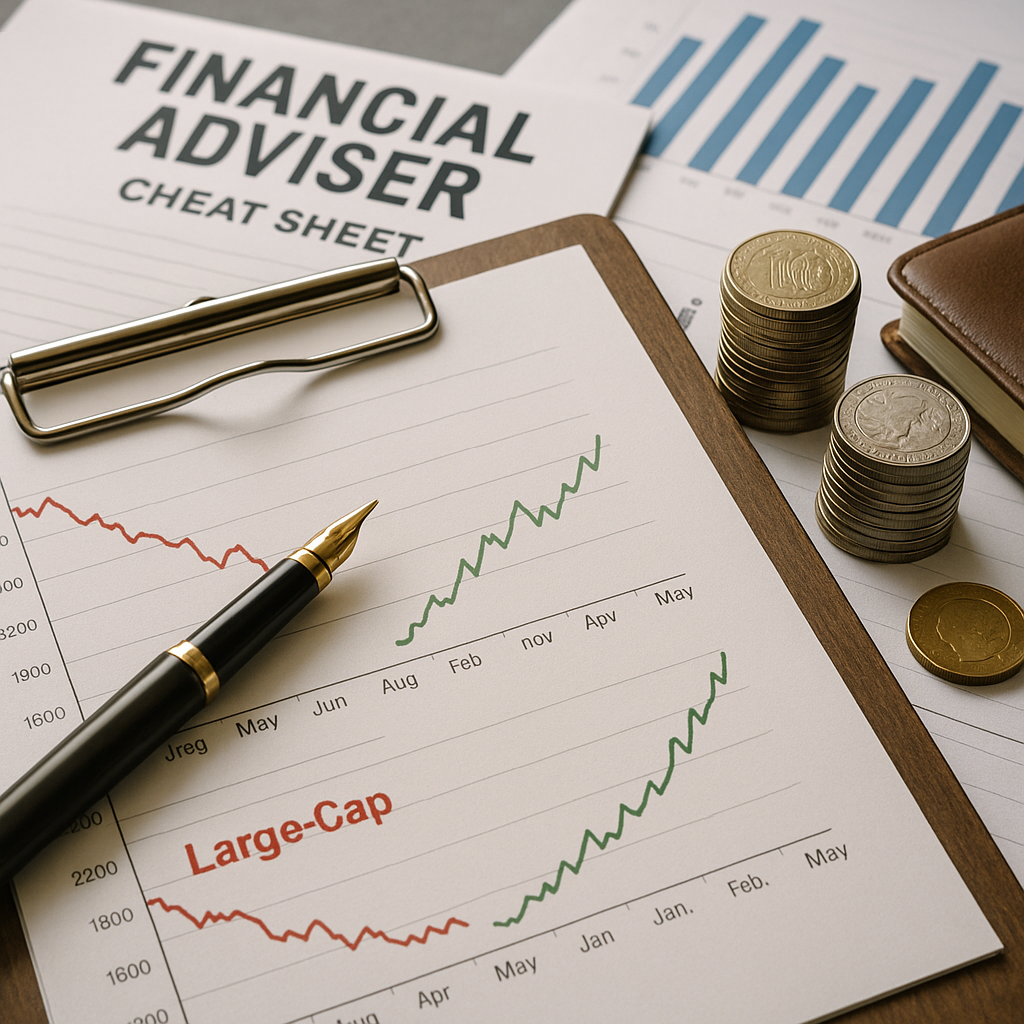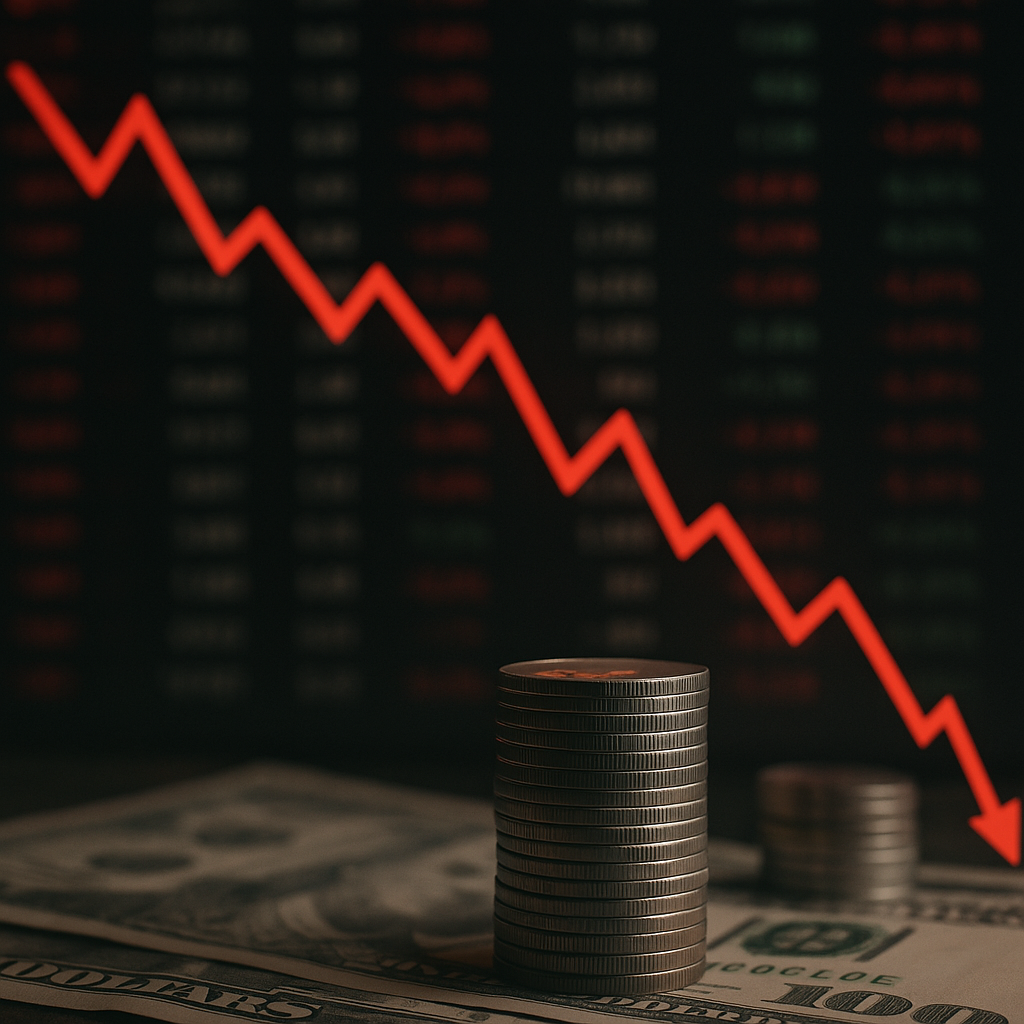Global capital is increasingly flowing into the energy transition, and a new initiative underscores just how much momentum is building. An alliance backed by Amazon founder Jeff Bezos has pledged $7.5 billion to accelerate renewable energy deployment in developing countries, according to Reuters. The commitment is designed to expand clean-energy access while reducing reliance on fossil fuels, dovetailing with heightened political and policy urgency around climate goals.
Why This Matters for Investors
The energy transition is no longer just an environmental or political issue—it is a financial megatrend. According to the International Energy Agency (IEA), annual global investment in clean energy hit $1.7 trillion in 2024, outpacing fossil fuels for the first time. The Bezos-backed pledge adds fresh weight to this trajectory, targeting underserved markets where energy demand is rising rapidly.
For investors, the implications are twofold:
- Accelerated growth opportunities in solar, wind, and grid storage projects in frontier and emerging economies.
- Policy-backed capital flows that could de-risk infrastructure projects and crowd in private investment alongside institutional and sovereign wealth funds.
Strategic Importance of Emerging Markets
Developing countries account for two-thirds of the world’s population but only one-third of energy investment, according to the IEA. This imbalance creates both a challenge and a major investment opportunity. Many of these markets struggle with financing, grid reliability, and political stability, but they also represent the largest incremental demand for electricity over the next two decades.
By targeting capital into these regions, the alliance is signaling confidence that political will and financial innovation can overcome traditional barriers. Co-investment from multilateral institutions such as the World Bank or the Asian Development Bank could further improve project bankability.
Opportunities and Risks
Opportunities
- Clean Energy Infrastructure: Solar and wind deployment will likely accelerate, with direct benefits for global equipment suppliers and renewable developers.
- Grid Storage and Transmission: Investment in battery storage and smart grids will be critical for stabilizing intermittent renewable supply, opening opportunities for firms in advanced storage technologies.
- Green Finance: Expect growth in green bonds, blended finance vehicles, and ESG-focused funds that channel capital into frontier-market renewables.
Risks
- Political Uncertainty: Policy reversals in emerging markets could stall or derail projects.
- Regulatory Bottlenecks: Permitting and land-use issues remain chronic obstacles in developing countries.
- Input Price Volatility: Rising costs of rare earths, copper, and other essential materials could erode project returns.
Future Trends to Watch
- Government Co-Investment: Watch whether national governments match private capital commitments with subsidies, guarantees, or regulatory reforms.
- Technology Diffusion: Breakthroughs in modular solar, offshore wind, or next-generation batteries may scale faster in developing regions where infrastructure is being built from scratch.
- Geopolitical Implications: As developing countries become renewable hubs, global supply chains for critical minerals and clean-energy equipment may shift, altering trade and investment flows.
Key Investment Insight
The $7.5 billion Bezos-backed pledge is part of a broader movement redefining global energy markets. For investors, the takeaway is clear: capital is converging on clean energy in emerging markets, with both outsized growth potential and heightened political risk. Long-term winners may include renewable developers with global footprints, storage technology leaders, and funds specializing in sustainable infrastructure. Monitoring how quickly pledged capital converts into shovel-ready projects will be crucial in assessing near-term opportunities.
Stay tuned with MoneyNews.Today for deeper analysis on how political commitments and private capital are reshaping the investment landscape across clean energy and beyond.





